Uganda’s exports to DRC hit $800 million despite border closures
Kampala, Uganda | THE INDEPENDENT | Uganda’s export earnings from the Democratic Republic of Congo (DRC) rose to over $800 million in the 2024–2025 financial year, according to the Ministry of Trade. This performance comes despite the continued closure of several key border points by the DRC government.
Crossings at Bunagana and Kitagoma in Kisoro District, and Ishasha in Kanungu District, remain shut following the capture of areas in North Kivu Province by the March 23 Movement (M23) rebel group. After M23 rebels seized Goma City in North Kivu, the DRC also suspended trade through Rwanda.
This decision blocked goods transiting via Uganda-Rwanda border points such as Katuna in Kabale District and Chanika in Kisoro District. Consequently, the only operational and legal trade border points between Uganda and the DRC are Mpodwe in Kasese District and Goli in Nebbi District.
Despite these constraints, Uganda’s Minister of State for Trade, Industry, and Cooperatives, David Bahati, confirmed the country earned more than $800 million in exports to the DRC during the last financial year. Although Bahati did not disclose how much Uganda lost in export revenue during the COVID-19 pandemic, he said trade with the DRC has rebounded strongly. The key exports driving this growth include steel, soap, maize, meat, and milk. Bahati remains optimistic that continued peace-building efforts between Uganda and the DRC will further strengthen trade relations between the two countries.
Earlier this month, Uganda and the DRC jointly launched two major initiatives aimed at enhancing stability and trade across their shared border: the Strengthening Cross-Border Cooperation, Stabilization, and Border Resilience program and the Peaceful and Resilient Borders program. Funded by the International Organization for Migration (IOM) and the European Union, the $25 million programs will be implemented in Ituri Province in the DRC. They aim to promote safe and orderly migration, improve cross-border movement, and upgrade transportation infrastructure to lower logistics costs and boost trade.
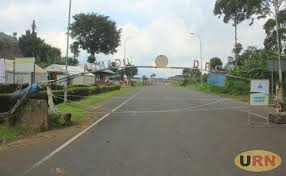



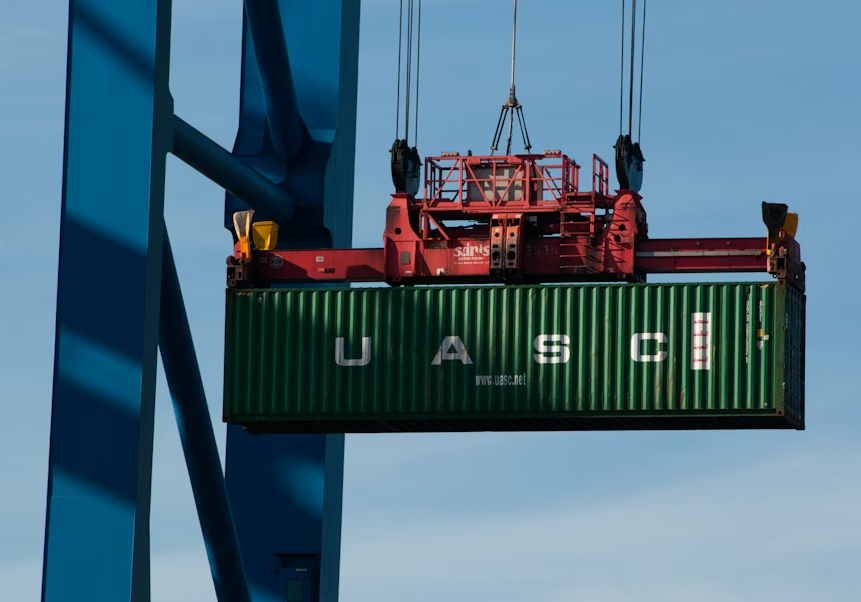

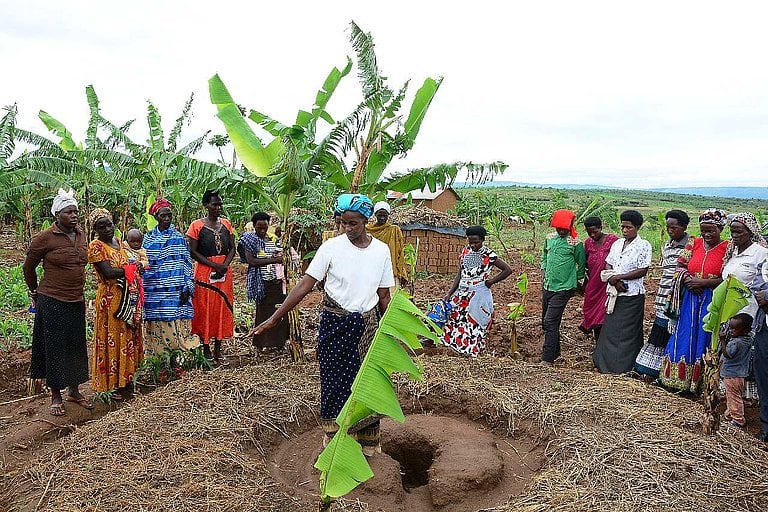



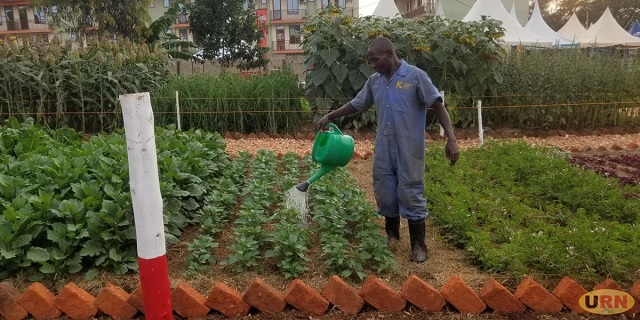




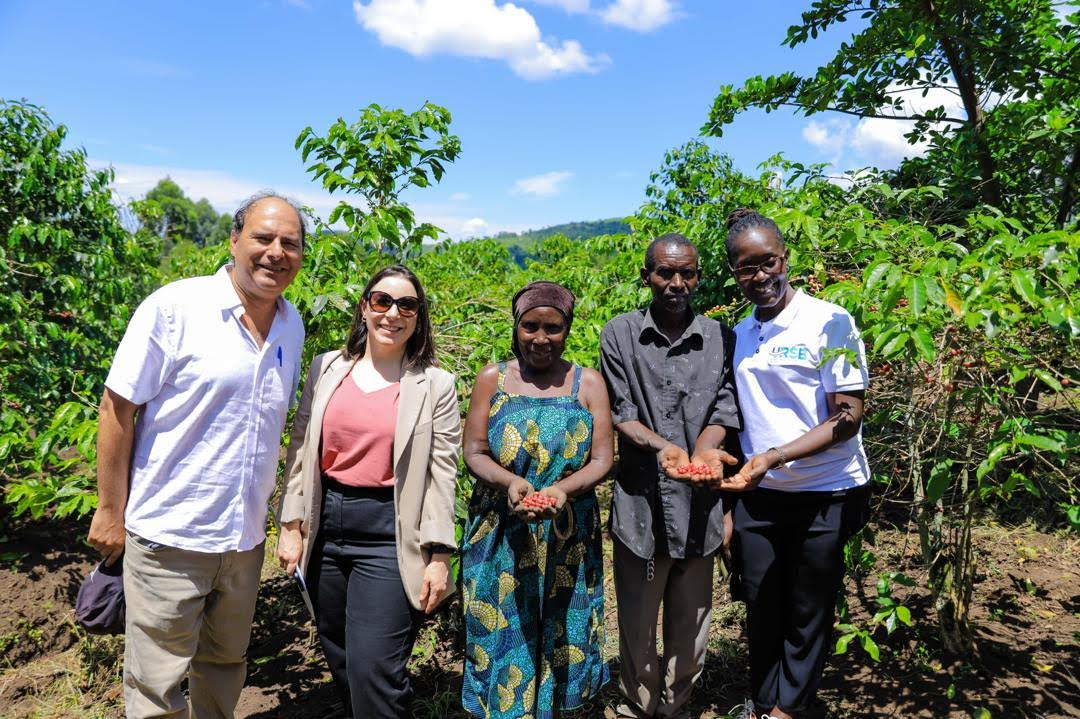
Comments
0 commentsNo comments yet. Be the first to comment!
Be the first to share your opinion about this article!
Add Comment